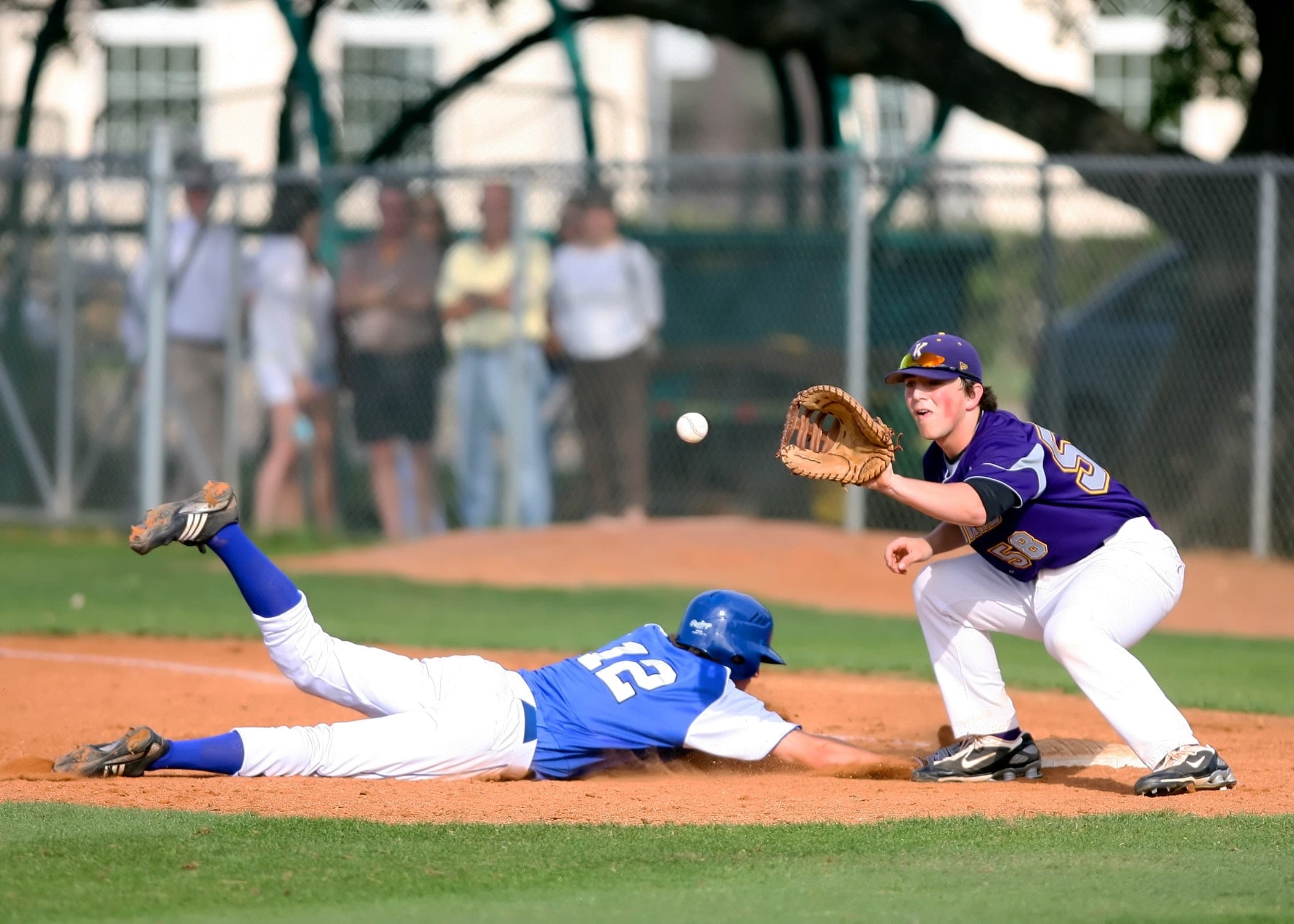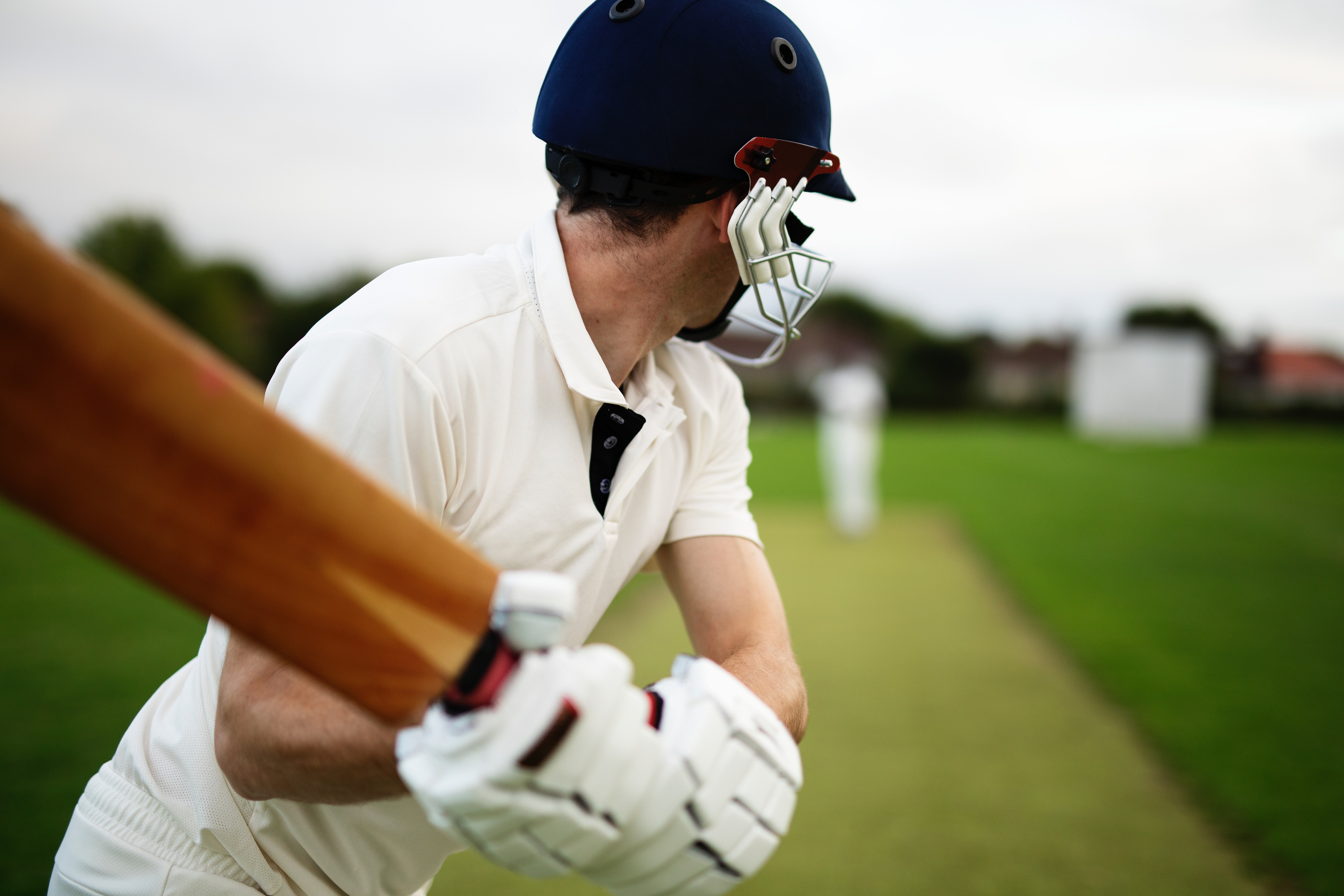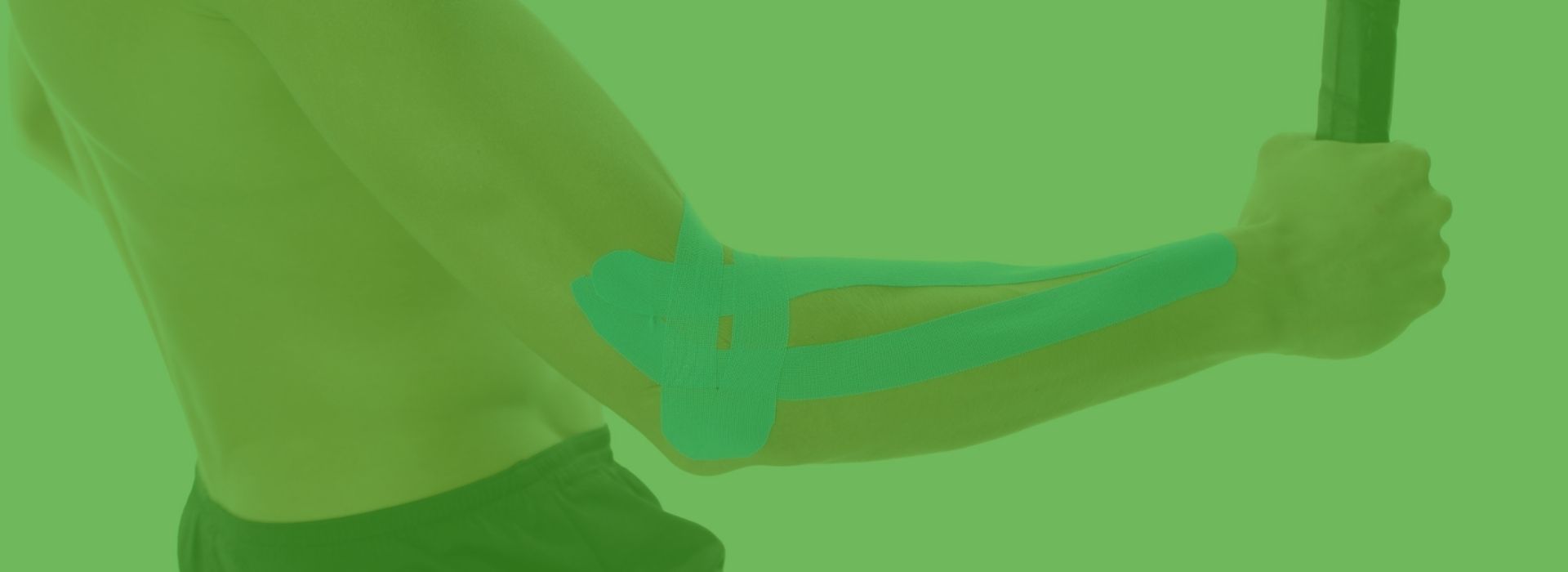DO YOU HAVE PAIN IN YOUR ELBOW AND FOREARM? ESPECIALLY WHILE BATTING OR THROWING?
Baseballers and Javelin throwers in particular may experience thrower’s elbow. Keep in mind that this is an umbrella term for a range of elbow injuries and not specific to any one presentation. These injuries are most commonly seen in baseball pitchers and other athletes who perform repeated throwing motions during games and practices but can also occur in anyone who tends to load their elbows repetitively during certain activities. Thrower’s elbow treatment options vary depending on the severity and presentation of the injury, however, proper management of the injury can result in increased functionality of the elbow.
These conditions commonly called throwers elbow include:
- Ulnar collateral ligament injuries
- Posterior elbow impingement
- Lateral and medial epicondylitis
- Olecranon stress fractures
- Ulnar neuritis
For meaningful management of thrower’s elbow, trust the physiotherapist team from Pivotal Motion.
Book an appointment online, or give us a call on 07 3352 5116 to talk to our friendly staff.
What are the causes of ulnar collateral ligament injuries in throwing athletes?
In order for us to understand more about thrower’s elbow and thrower’s elbow treatment, we first have to appreciate the demands of throwing on both the medial and lateral aspect of the elbow, especially the valgus and extension forces (termed valgus-extension overload by many) on the elbow joint during throwing.
According to Fleisig et.al, at late cocking phase – where maximal external rotation of the shoulder (or “lay-back”) occurs, there is a tremendous valgus force on the elbow. The ulnar collateral ligament (UCL) “takes on” approximately 54% of this valgus force.


A study by Fleisig et.al (1995) discussed few factors that may predispose and contribute to increased elbow stress among throwing athletes. To start, leading with the elbow too much increases valgus stress by about 2.5N per degree of horizontal adduction that the arm must travel. The problem with this is that every successful pitcher you’ll ever see leads with the elbow to some degree, so it becomes an issue of “how much” and “when.”
Another factor is getting to maximal external rotation of the shoulder too early, which can also increase valgus stress on the elbow, making thrower’s elbow treatment a greater challenge. Unfortunately, this is one contributing factor to one’s velocity, so these results must be interpreted cautiously. If we take away that external rotation, we may take away a few miles per hour. Again, the same goes for horizontal abduction.
UNDERSTANDING HIP-SHOULDER SEPARATION
Coordination of the lower extremity with the torso and upper extremity also has a significant impact on the stress imposed on the elbow. This is termed “hip-shoulder separation”, whereby the hips fully rotate open right before the foot gets planted on the ground, which creates rubber band effect. At this position the trunk has more ability to rotate the largest degree of where it wants to aim and gain the most velocity. When a thrower or pitcher rotates their torso and “flies open” too early, what happens is that their arms are going to get forced to come through earlier, and if their arm wasn’t up in the arm cocking position and going into abduction, then their arms are going to get caught dragging, which can end up imposing increased stress through their medial elbow region. Such stress placed on the arm can introduce ongoing stress into your elbow, and will make existing elbow impingement treatment significantly more challenging.

THROWER’S ELBOW TREATMENT AND AVOIDANCE TIPS
Essentially, there is no one single mechanical model that governs how one should pitch or throw, for instance the arm slot (i.e., the angle, relative to the ground, that the pitcher’s arm comes through at the Release Point). Besides, changing these mechanics too drastically may take away what makes these professional pitchers successful.
In addition, we cannot accurately predict and prevent injuries (as the human body is comprised of a multitude of systems and tissues that influence each other, while also being influenced by external considerations respective to the task being performed, specific task demands, and environment the task is being performed within.)


While complete thrower’s elbow treatment to the point of being pain free all the time is challenging, we can aim to minimize the risk of UCL injuries of the elbow (especially for little leaguers), via key foundational throwing qualities. We can achieve this through tactics such as training and optimizing hip-shoulder separation, which can then allow better coordination and transferring of forces from the large mass of the hips and torso to the small mass of the hand.
Other than improving foundational mechanics, other important factors to consider include: physical preparation, load management/ proper programming, and recovery.
PHYSICAL PREPARATION FOR THROWER’S ELBOW SUFFERERS:
Often when it comes to physical preparation among throwing and pitching athletes (and many other sporting athletes), “sport-specific training” can be overly redundant leading to the athlete not having as much variability and adaptability. For example, a baseball athlete whose training only involves doing a bunch of rotation, swing heavy bats and swing an incredibly high volume etc., especially when they’re already doing a lot of rotation and swinging during competitive exercise practice.
Off-season training is a great opportunity to increase more variability, “fill the gaps” and address individual limiters. Essentially, we want to match the stimulus of the sport to our physical preparation, and to match training exposures to task exposures, and build familiarity to stimulus.

FREQUENTLY ASKED QUESTIONS
What is thrower’s elbow
Baseballers and Javelin throwers in particular may experience throwers elbow. Thrower’s elbow is an umbrella term for a range of elbow injuries and not specific to any one presentation. Thrower’s elbow occurs after repetitive throwing movement places strain onto the joint and the ligament of the elbow, causing possible tears and ruptures in severe cases. The symptoms of thrower’s/little league elbow include sharp, acute pain when throwing, an aching or burning pain after a throwing session, as well as possible inflammation and pain through the range of motion.
What is the difference between tennis elbow and thrower's elbow?
Tennis Elbow is a tendinitis injury affecting the muscles which attach on the outside (lateral side) of the elbow. Thrower’s elbow is a similar injury and is also caused by repetitive strain to the elbow, however the injury occurs to the ulnar collateral ligament which is on the inside (medial side) of the elbow.
How do you treat thrower’s elbow?
Initial thrower’s elbow treatment should come from simple techniques such as rest, ice, compression, and elevation. Following that, it is highly recommended to see a physiotherapist who can properly assess the injury and create an ongoing pain an injury management plan. Get in touch with Pivotal Motion Physiotherapy today to start your thrower’s elbow treatment.
Trust Pivotal Motion for Meaningful Injury Management
If you need comprehensive elbow impingement treatment, trust the expert physiotherapy Brisbane team from Pivotal Motion. We have extensive experience in elbow injury rehab and can provide you with tailored treatment and advice about ongoing injury management. To learn more, give us a call today on 07 3352 5116 or book an appointment online.

